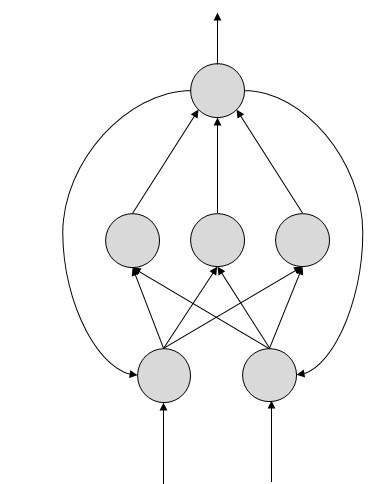- Facial recognition is a Biometric Artificial Intelligence based application that can uniquely identify a person by analysing patterns based on the person's facial textures and shape.
- While initially a form of computer application, it has seen wider uses in recent times on mobile platforms and in other forms of technology, such as robotics.
- It is typically used in security systems and can be compared to other biometrics such as fingerprint or eye iris recognition systems.Recently, it has also become popular as a commercial identification and marketing tool.
- A facial recognition system is a technology capable of identifying or verifying a person from a digital image or a video frame from a video source.
- There are multiple methods in which facial recognition systems work, but in general, they work by comparing selected facial features from given image with faces within a database.
Facial Recognition Applications
Based on our assessment of the applications in the field today, the a majority of facial recognition use-cases appear to fall into three major categories:
- Security: Companies are training deep learning algorithms to recognize fraud detection, reduce the need for traditional passwords, and to improve the ability to distinguish between a human face and a photograph.
- Healthcare: Machine learning is being combined with computer vision to more accurately track patient medication consumption and support pain management procedures.
- Marketing: Fraught with ethical considerations, marketing is a burgeoning domain of facial recognition innovation, and it’s one we can expect to see more of as facial recognition becomes ubiquitous.
Uses of facial recognition technology:
- A research team at Carnegie Mellon has developed a proof-of-concept iPhone app that can take a picture of an individual and -- within seconds -- return the individual's name, date of birth and social security number.
- The Google Arts & Culture app uses facial recognition to identify museum doppelgangers by matching a real person's faceprint with portrait's faceprint.
- Professor Shen Hao of the Communications University of China uses facial recognition technology to track students’ attendance.
- Amazon, MasterCard and Alibaba have rolled out facial recognition payment methods commonly referred to as selfie pay.
STAY UPDATED FOR MORE POST!
SHARE IT WITH YOUR FRIENDS AND DON'T FORGET TO COMMENT BELOW!↓






























